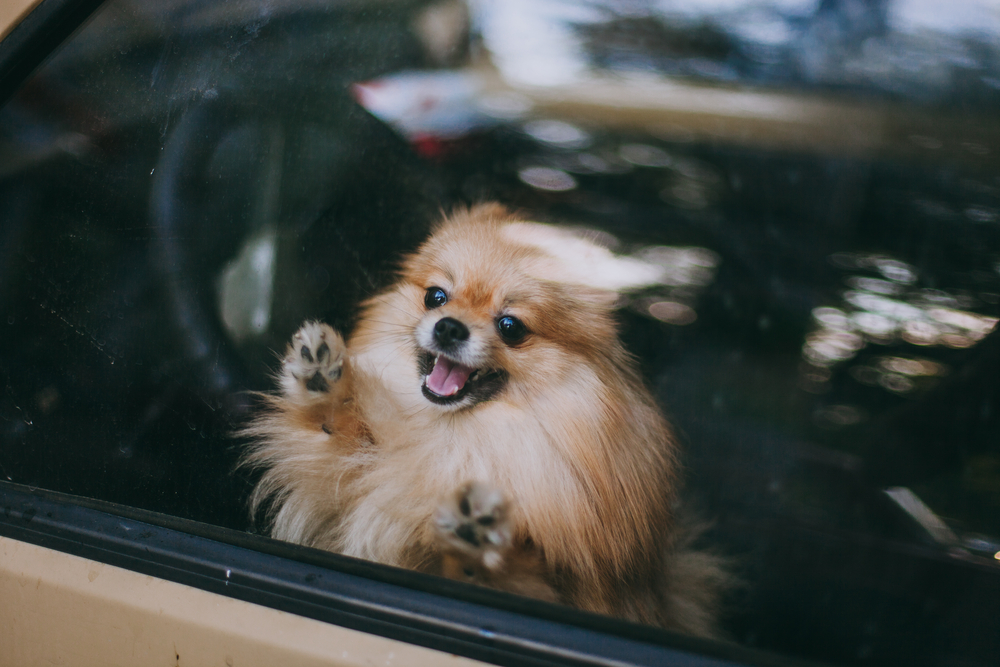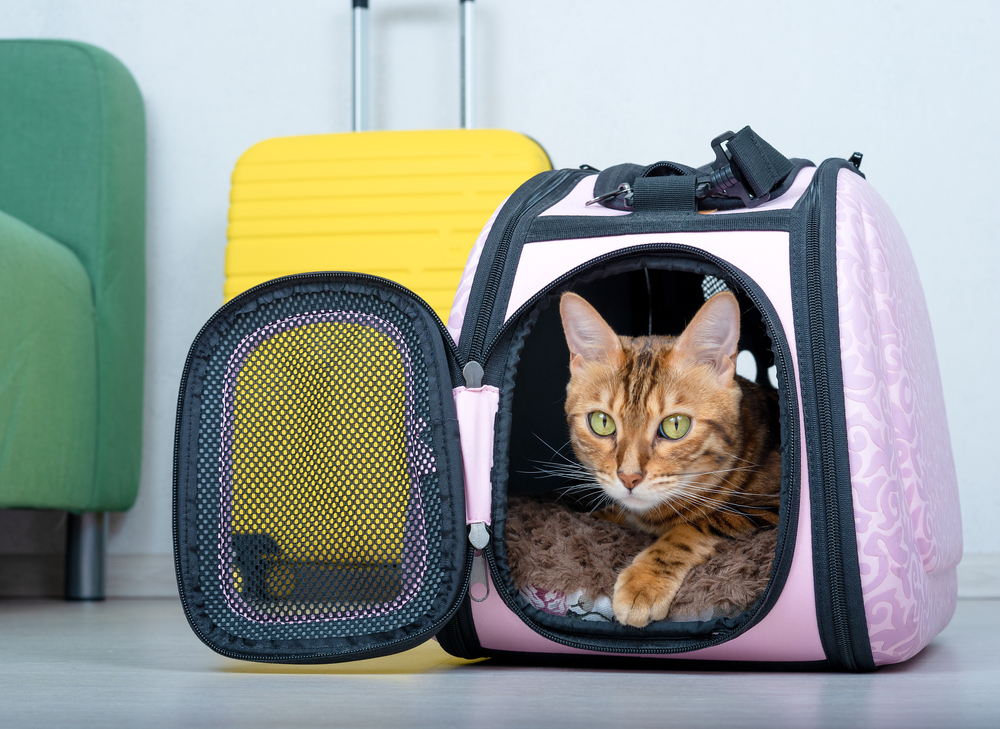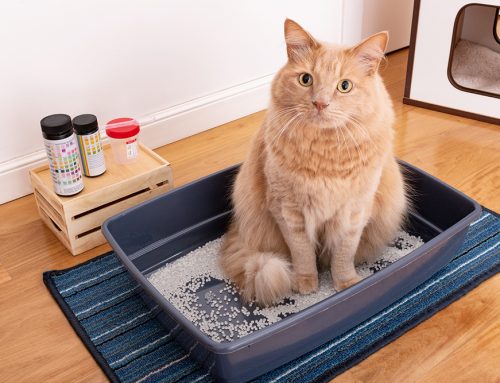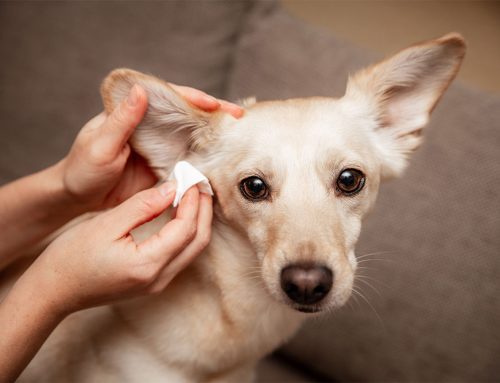Summer is a great time to get away for a vacation, but certain preparations are necessary if you’re bringing your pet. The veterinarians in south Austin at Oliver Animal Hospital want to help by providing some pointers for your traveling pet.
#1: Prepare your pet
Any change in routine can be stressful for your pet, and you should acclimate them to traveling before going on a long road trip. This process should start well before your planned journey so your pet has time to adjust. Steps include:
- Help your pet love their carrier — Ideally, your pet’s carrier or crate is a safe zone for them, especially when they are in an unfamiliar place, but you have to do some work to help them reach this point. Place the carrier in an area where your pet spends time so they can explore the space. Put your recently worn clothing, treats, and toys inside the carrier to help them make positive associations.
- Acclimate your pet to the car ride — Introduce your pet to your vehicle, and let them get used to being inside. Give them treats and praise for staying calm, and start the vehicle to see how they react. Continue to give them treats and praise so the experience is positive.
- Gradually increase your trip length — Your pet’s initial car ride should only be around the block, and you should gradually increase the ride length over several weeks until they are comfortable.
#2: Ensure your pet has a clean bill of health
Pets are masters at hiding illness, and you don’t want the stress of travel to exacerbate an underlying health condition. Before taking your pet on a trip, schedule a wellness examination with the veterinarians in south Austin to ensure they are travel ready. A veterinary evaluation also may be necessary if you are crossing state lines or flying with your pet. Many states require a health certificate dated within 30 days of your departure date, and airlines typically require a health certificate dated within 10 days of your flight. You should research what documents you will need depending on where and how you are traveling.
#3: Pack for your pet
Don’t forget to pack supplies for your pet. They need certain items to ensure their trip is fun, safe, and comfortable, including:
- Toys — Ensure your pet has their favorite toys to keep them entertained and provide familiarity in a strange place.
- Treats — Pack a good treat supply to ensure the trip is a positive experience.
- Food and water — Pack your pet’s regular food and water because you may not be able to find them on your trip, and a sudden diet change could cause gastrointestinal upset. Also remember to stop frequently to offer your pet a drink.
- Bowls — Don’t forget bowls so you’re able to feed and water your pet.
- Litter box and litter — Pack a litter box, litter and scoop if you are traveling with your cat.
- Plastic bags — Ensure you have plastic bags to clean up after your pet.
- Cleaning supplies — Pack wet wipes and paper towels to have on hand in case an accident occurs.
- Pet first aid kit — Have a pet first aid kit on hand in case your pet experiences an emergency.
#4: Ensure your pet is properly identified
Losing your pet is a frightening experience, especially if you are away from home, and having them properly identified is the best way to have them returned. Ideally, your pet should be microchipped to provide permanent identification. This is an easy, relatively painless procedure that can be done at your pet’s next wellness exam. Once your pet is microchipped, your only responsibility is to keep your contact information updated in the microchip registry. Your pet also should wear a collar and tags that have your current contact information, and ensure your cell phone number is included when you are traveling.
#5: Properly restrain your pet
Allowing your pet to roam free while you are driving is dangerous for both of you. They can easily cause a distraction, resulting in an accident. The safest place for cats and small dogs is in a carrier secured to the seat or placed on the floor. Larger dogs should be restrained using a fitted harness or confined to the rear cargo area using a pet barrier.
#6: Research veterinarians for your pet
Accidents and illnesses can occur at any time, and you want to be prepared in case your pet needs veterinary attention. Research veterinarians and emergency veterinary clinics along your route and at your final destination to find a suitable one in case your pet has an accident or an illness.
#7: Find suitable accommodations for your pet
Some locations don’t allow pets, or they only allow pets under a certain weight. Do your homework to ensure the place you stay welcomes your pet, and don’t assume friends and family members know you are bringing your pet. Always ask in advance so you will know if your pet will be welcome in your host’s home.
#8: Never leave your pet alone in a parked vehicle

Temperatures can quickly become dangerously hot inside a parked vehicle, and pets are especially susceptible to heatstroke. You may be tempted to park in the shade or leave the windows cracked while you go to the bathroom or run a quick errand, but these measures aren’t enough to prevent rising temperatures. Protect your pet by taking them with you or leaving the car running if you have an extra set of keys.
Follow these pointers to help your next trip with your pet be stress free. If you need a health certificate for your pet, contact the veterinarians in south Austin at Oliver Animal Hospital so we can ensure they are ready for the adventure.








Leave A Comment